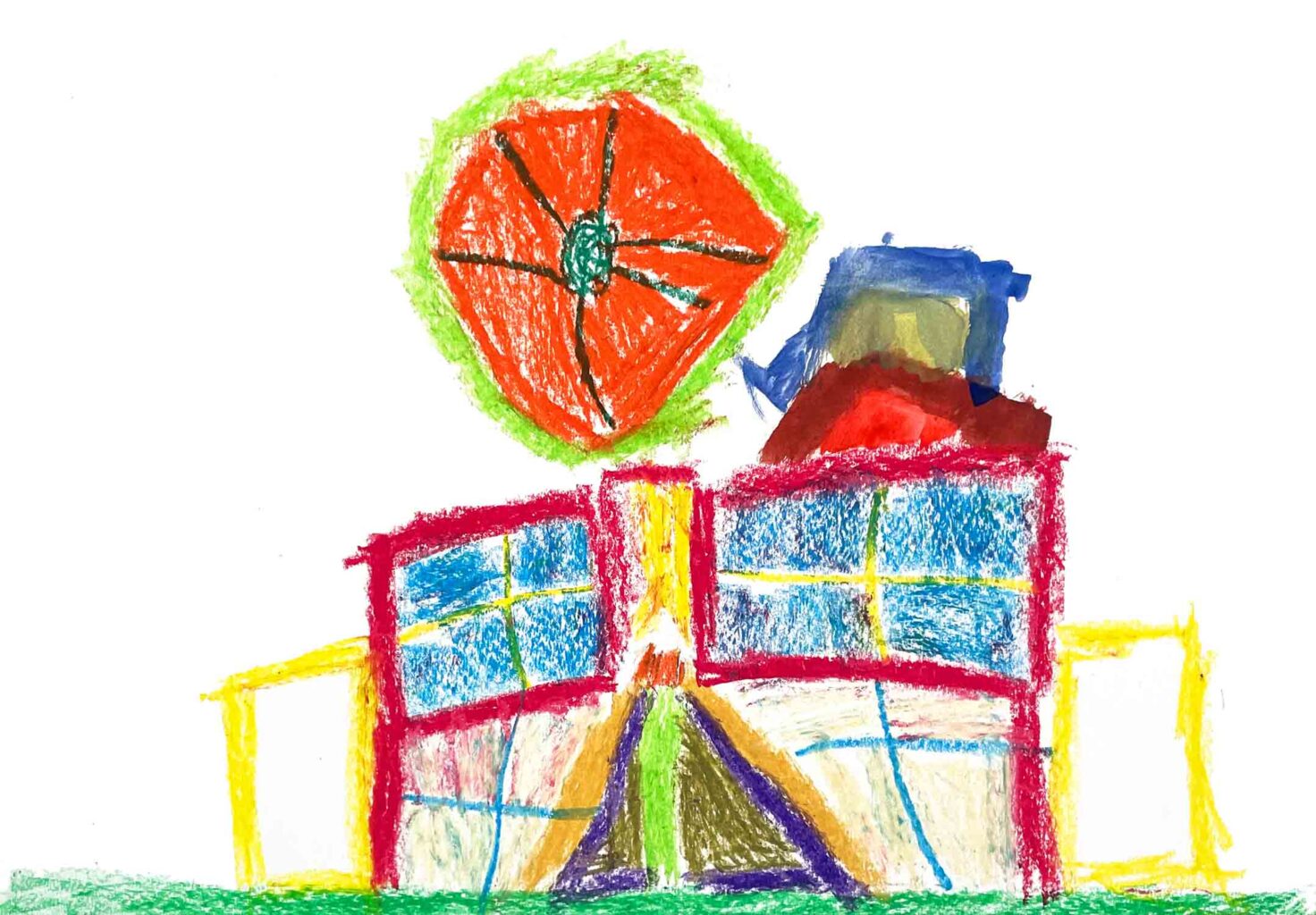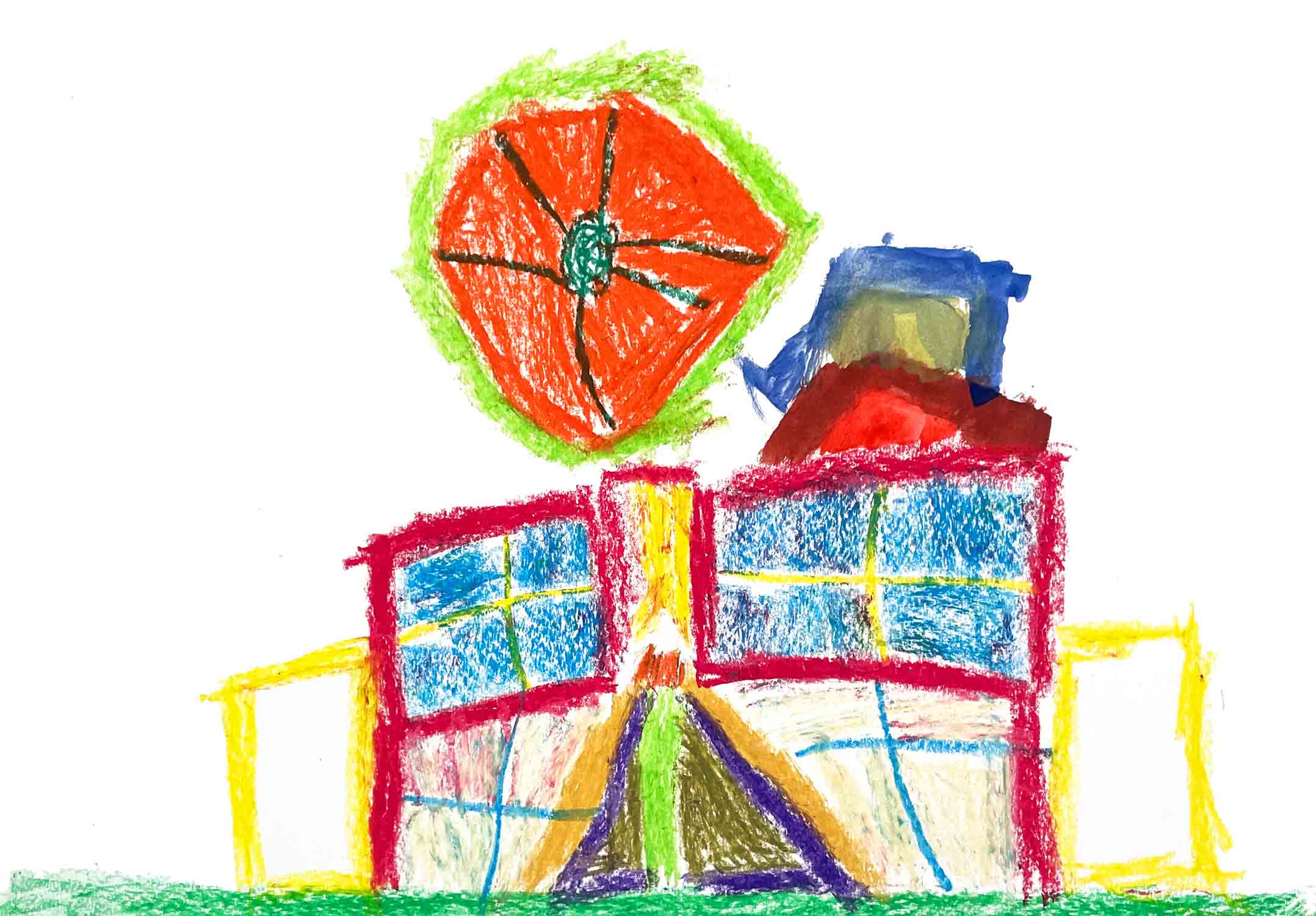The finale of this four-part series considers how anthroposophy inspired the foundations of Waldorf Education as practically applied and transformed knowledge. We can, therefore, distinguish between the content and the method of anthroposophy. Part 1 can be found here, Part 2 here, and Part 3 here.
Key Topic III: Spiritual Beings
Alongside reincarnation, karma, and cosmology, a world permeated by spiritual forces and beings is another key anthroposophical topic. Rudolf Steiner often referred to these beings of a spiritual world but, for reasons mentioned in the previous parts of this series, he never did so in his lectures to the interested public. On the other hand, in his lectures to the first teaching faculty, he expected these aspects to be known. There, he brought them to life in a special way, hoping that they would inspire pedagogical practice. The teachers present felt they were his personal pupils and he their teacher. Rudolf Steiner starts the First Teachers Course with a contemplation of how we “connect with the spiritual powers of which each one of us will be a representative.”1 In the very first faculty meeting, he asked the teachers “to always remember the way of working which he had shown to them, namely to work in full consciousness of the reality of the spiritual world.”2 A few days later, he again reminded the teachers that, “when we do something, we are actually carrying out the intentions of the gods; that we are, in a certain sense, the means by which that streaming down from above will go out into the world.”3
From today’s perspective we still face the immense task of having to unlock Steiner’s indications—not, however, in order to find a technique that can be reliably employed and that will yield measurable results. Not only are we expected to comprehend and present knowledge of the activity of spiritual beings that goes beyond the facts of everyday life, we also face the very challenging task of having to strive for our own initial spiritual experiences. The sphere we move in here is one of greatest freedom. It is up to each of us to decide whether we wish to embark on this kind of inner perceptual training and whether we find Steiner’s views relevant and fruitful for ourselves.
Can the two elements cited by Steiner in this context (meditation and the night)4 be used as tools for our advancement in this respect? The effect of meditation and sleep on the soul forces is a question that needs to be looked at separately.

Anthroposophy as Content and as Method
The relationship between anthroposophy and Waldorf Education is both straightforward and complicated. Rudolf Steiner himself drew a clear line in stating that anthroposophy was not to be taught in the Waldorf school5 even though Waldorf Education had evolved “directly out of anthroposophy.”6 The Waldorf school was not intended as a “school for anthroposophists” although it would provide an “anthroposophical education.” What he was referring to was anthroposophy as “method”. The Waldorf School was to be “living proof of anthroposophy’s great potential.”7
Anthroposophy continues to be largely misunderstood as a thought system that ended with Rudolf Steiner’s work, as a worldview with a defined image of the world and the human being. This misunderstanding stands in the way of a positive reception of anthroposophy and causes much confusion if not rejection. And yet, even before the founding of the Waldorf School, Steiner stressed that its value would consist in “practical application”, referring to it in 1924 as a “cognitive path”. Such an open-ended method is clearly difficult to grasp and eludes attempts at simple definition and judgement, this is also true regarding the role of anthroposophy in Waldorf Education.
A brief look at the development of anthroposophy helps to understand this role.8 Up until the end of World War I, anthroposophy could be seen as a doctrine or worldview that encompasses several central and substantial elements: a structured view of the human being as consisting of body, soul and spirit; a view of human spiritual development that includes reincarnation and destiny; a description of ways of experiencing the spirit; a differentiated image of the spiritual world and its hierarchy of beings with a corresponding view of earthly and cosmic evolution; a spiritual approach to the natural world; a view of the history of humanity that has the Christ event at its center, and so on. All these aspects interact with each other and form a meaningful whole. Up until that point, anthroposophy was presented in the most diverse ways by Rudolf Steiner in books, essays and above all in countless lectures.
This changed fundamentally after World War I, when anthroposophy transitioned from pure doctrine to applied practice in fields such as education, medicine, pharmacy, and agriculture. The new approach manifested in innovative ideas such as human threefoldness or the threefold social organism, which were also presented in public. A fundamental change occurred in the appearance and effectiveness of anthroposophy.9 Steiner did not abandon the above-mentioned anthroposophical theories he had previously developed, but they began to flow naturally into the (educational, medical etc.) spheres of life. Steiner put anthroposophy into practice. The special relationship between Waldorf Education and anthroposophy he intended was consequently not achieved by omitting, curtailing, or reducing central aspects of anthroposophy. Instead, these aspects became a basis for the content that constitutes, and is practically implemented in, Waldorf Education. Steiner never tired of explaining in detail how the transition from anthroposophy as idea and concept to its living practice can be achieved. The path leads from the head through the heart into practice, from study through deepened experience to practical implementation. “We start with an acceptance or perception of knowledge of the human being; then comes comprehension, a meditative comprehension of this knowledge that becomes inward and is received by the whole of our rhythmic system; finally, we have a remembering of the knowledge of the human being out of the spirit. This means teaching creatively out of the spirit; the art of education comes about and takes form. This must become a conviction, a direction of soul.”10 Rudolf Steiner did not say this to members of the public who were interested in anthroposophical education; he said it to the Waldorf teachers, to the practitioners of the art of education. On the other hand, he also relied on the teachers’ individual insight and experience in their approach to anthroposophy. Every teacher is free to decide whether or not they use it as their orientation.
Anthroposophy is not meant to be (merely) a theory, doctrine, or body of thought in Waldorf Education, but a practically applied tool, a concrete orientation for action that aims to imbue education with humanity. This means that anthroposophy must not be abandoned or weakened, but rather that its central content must be studied more intensively so that teachers can achieve a better understanding of childhood and child development and attain the relevant pedagogical skills for becoming true artists of education.
Reflection on the current situation in Waldorf Education and its origins illustrates the necessity to distinguish carefully how it is discussed and presented; not for reasons of secrecy or concealment, but in order to ensure that the situation, interests, and questions of the different target groups are taken into account and the central value of anthroposophy as a method is honored.
Translation Margot M. Saar
Footnotes
- Rudolf Steiner, The First Teachers’ Course. Anthropological Foundations. Methods of Teaching. Practical Discussions (GA 293-295), Bangkok 2020, transl. Margot M. Saar, p. 18.
- The Inner Work of the Waldorf Teacher, edited by the Pedagogical Section at the Goetheanum, Dornach 2020, transl. Peter Holman, Michaël Merle, p. 133).
- Faculty Meetings With Rudolf Steiner, volume 1, GA 300/1, Hudson NY 1998, transl. Robert Lathe, Nancy Parsons Whittaker, p. 55.
- as footnote 2.
- as footnote 1, p. 17.
- Rudolf Steiner, Der Goetheanumgedanke inmitten der Kulturkrisis der Gegenwart [the Idea of the Goetheanum in Today’s Cultural Crisis], GA 36, Basel 2014, p. 328f.
- as footnote 1, p. 16.
- Rudolf Steiner, Soul Economy. Body, Soul and Spirit in Waldorf Education, GA 303, Great Barrington 2003, transl. Roland Everett, lecture 1.
- Rudolf Steiner, Von Seelenrätseln [Riddles of the Soul], GA 21, Basel 2023, chapter IV, extension 6.
- Rudolf Steiner, Balance in Teaching, GA 302a, Great Barrington 2007, p. 42, transl. Ruth Pusch.





